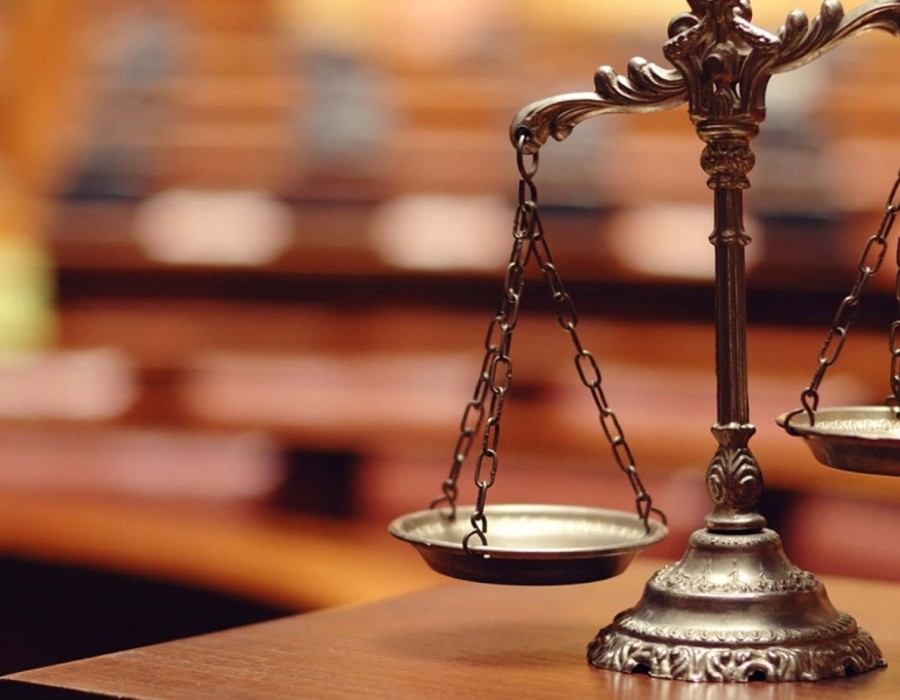When a child's safety and well-being are at risk, taking immediate legal action is crucial. In Maryland, emergency custody provides a mechanism for parents or guardians to temporarily remove a child from a harmful situation swiftly. This blog will guide you through the essentials of obtaining maryland emergency custody, including the legal process, requirements, and key considerations.
What is Emergency Custody?
Emergency custody, also known as ex parte custody, is a temporary legal order granted by a court to ensure a child's immediate safety. This measure is often used in urgent situations where a child's physical or emotional well-being is in imminent danger, such as cases of abuse, neglect, or domestic violence.
Situations Warranting Emergency Custody
Emergency custody may be necessary in various scenarios, including:
- Abuse or Neglect: If there is evidence that a child is being physically, emotionally, or sexually abused, or is severely neglected.
- Domestic Violence: If a child is exposed to domestic violence, whether as a direct victim or a witness.
- Parental Substance Abuse: If a parent's substance abuse poses a danger to the child's safety.
- Abandonment: If a parent has abandoned the child or is otherwise unable or unwilling to provide care.
Steps to Obtain Emergency Custody in Maryland
- Gather Evidence:
- Collect all relevant documentation that supports your claim for maryland emergency custody. This might include police reports, medical records, photographs, witness statements, and any other evidence that demonstrates the child's immediate risk of harm.
- File a Petition:
- Go to the local circuit court and file a "Petition for Emergency Custody." The petition should detail the child's current situation, the existing custodial arrangement, and the specific reasons why emergency custody is necessary.
- Ex Parte Hearing:
- The court will schedule an ex parte hearing, which is conducted without notifying the other parent or guardian to prevent potential escalation of risk. During this hearing, you will present your evidence and explain why emergency custody is required.
- Temporary Custody Order:
- If the judge is convinced that the child is in immediate danger, they will issue a temporary emergency custody order. This order grants you temporary custody and may include provisions such as supervised visitation for the other parent.
- Follow-Up Hearing:
- Emergency custody orders are temporary. The court will schedule a follow-up hearing to reassess the situation. Both parties will have the opportunity to present their case, and the judge will make a more permanent custody determination based on the evidence presented.
Key Considerations
- Best Interests of the Child: The court's primary concern is the child's best interests. Ensure that all evidence and arguments presented clearly demonstrate how emergency custody serves this principle.
- Legal Representation: While not mandatory, having an attorney can significantly enhance your chances of obtaining emergency custody. An experienced family law attorney can help you navigate the legal process, gather evidence, and present a compelling case.
- Involvement of Authorities: In cases involving abuse or neglect, report the situation to local authorities, such as Child Protective Services (CPS). Their involvement can provide additional support and documentation for your petition.
What Happens After Emergency Custody is Granted?
Once emergency custody is granted, several steps follow to ensure the child's ongoing safety and well-being:
- Temporary Custody Arrangements: The temporary order will outline the immediate custodial arrangements, including any restrictions or conditions on visitation.
- Continued Monitoring: The situation will be closely monitored, often involving social workers or other professionals, to ensure the child's safety.
- Final Custody Determination: The follow-up hearing will allow both parties to present their cases, after which the judge will issue a final custody order. This order could confirm the temporary arrangement or establish a new custodial plan based on the child's best interests.
Conclusion
Emergency custody is a crucial legal tool in Maryland for protecting children from immediate harm. Understanding the process, gathering strong evidence, and seeking professional legal assistance can significantly impact the outcome of your case. If you find yourself in a situation where maryland emergency custody is necessary, acting promptly and knowledgeably can help ensure the safety and well-being of your child.





Comments